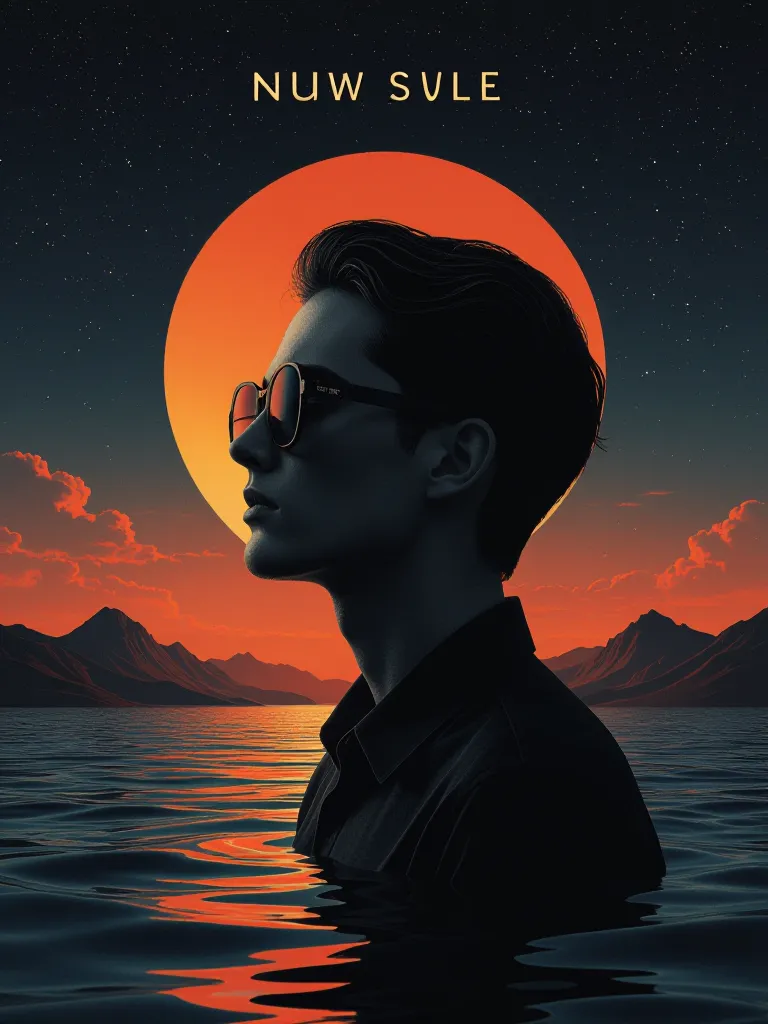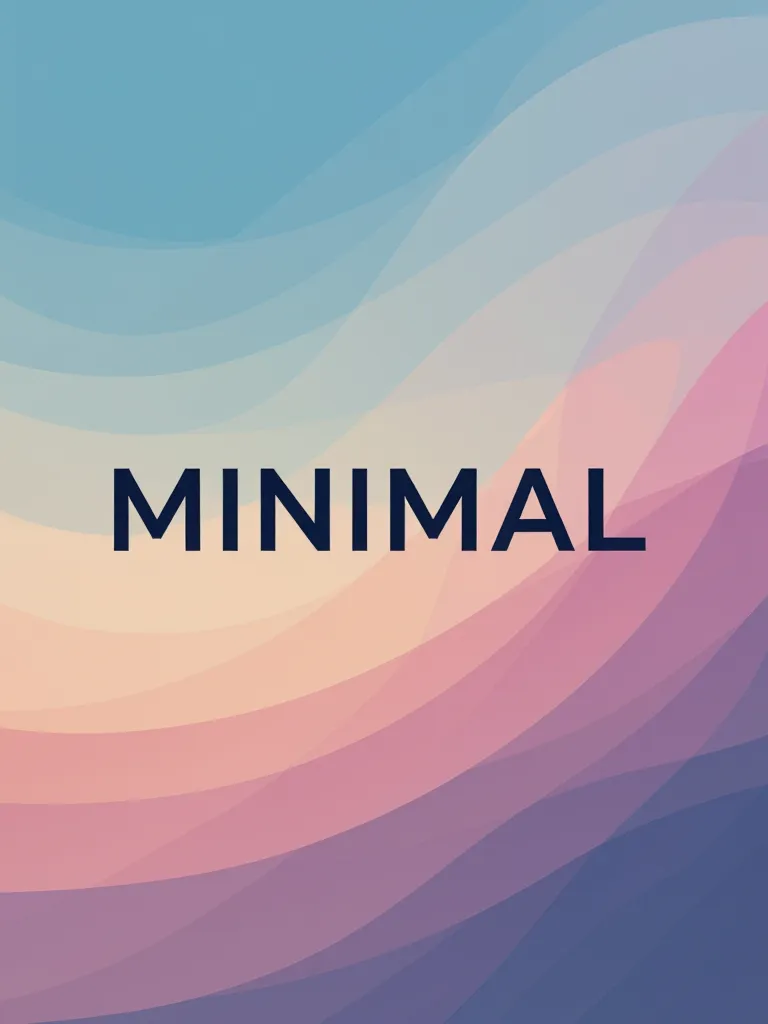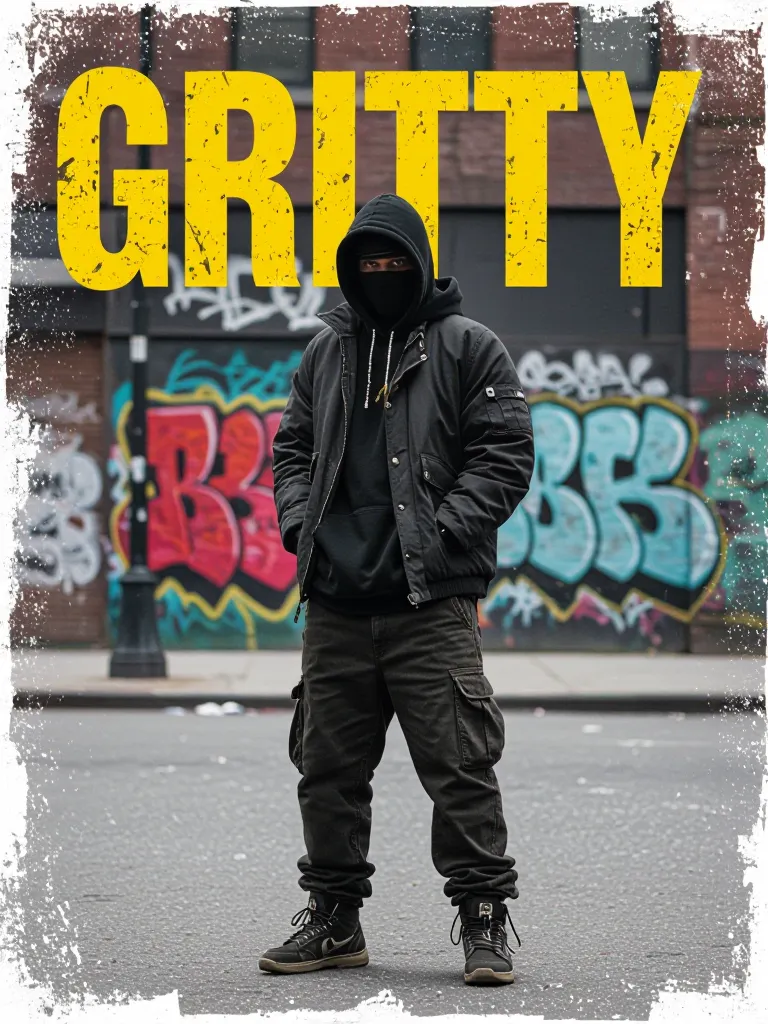

Written by Mo Kahn on
November 17, 2025
A great album cover does more than decorate your music—it defines it. It’s the first thing fans see before they hit play. It sets the mood, builds identity, and turns an album into a visual experience. Album cover art plays a crucial role in music branding, shaping listener perception and even influencing an album's success on streaming platforms.
From Pink Floyd’sDark Side of the Moon to Frank Ocean’sBlonde, iconic album covers capture more than just sound—they capture feeling. When designing album covers, artists often draw inspiration from visual motifs, other artworks, or thematic elements to create compelling and meaningful art. David Bowie’s provocative and influential album covers, especially during his glam rock era with albums like Diamond Dogs, exemplify how an artist’s evolution and rebellious spirit can be reflected in both music and visuals.
So, what actually makes a great one?

Every great album cover starts with a clear idea. It should reflect your album's themes, tone, or story, visually symbolizing the concepts and emotions behind your music. Ask yourself:
Creating album artwork involves understanding your unique style and focusing on key elements that make the cover stand out and complement the music effectively.
Whether it’s a photo, a painting, or digital artwork, the cover art should communicate your sound visually, with each element playing a crucial role in the overall design.
A simple design almost always leaves a lasting impression. Think of The Beatles’ White Album or Kanye’s Yeezus. They’re minimal but powerful, showing that a good album cover can be both simple and interesting, capturing attention with just a few well-chosen elements.
Avoid clutter, keep the color palette consistent, and focus on one central idea. Too many visual elements dilute the message. Achieving a memorable simple design still takes effort, as every detail must be carefully considered to make the cover stand out.
Your album artwork should feel like you. Whether it’s gritty street photography, surreal digital art, or a hand-painted portrait, the style should match your artistic identity. While personal taste plays a big role in how cover art is perceived, focusing on key elements like Artist Identity, Visual Impact, and Storytelling helps create an effective album cover.
It’s not about following design trends—it’s about creating a visual representation of your music. Bands often use album covers to reflect their musical identity, style, and genre, reinforcing their brand and artistic image. A well-designed album cover gives fans an instant sense of who you are as an artist.
A band's album cover can also be a collaborative effort, reflecting the band's specific artistic choices and vision.
Every music genre carries a visual language.
A great album cover communicates genre without words. It tells your audience what kind of sound they’re about to hear, so understanding your audiences and their expectations is crucial.
Certain visual choices make sense for specific genres or moods—for example, gritty textures for rock or vibrant colors for pop—because they align with what audiences expect and help reinforce the music album's identity.
A compelling cover design not only captures attention but also helps promote a music album effectively by enhancing its visual identity and attracting listeners.
With streaming platforms taking over, your cover art needs to look great as a small thumbnail too. On digital platforms, it's important to consider how your album cover appears in various formats and sizes to capture attention. Test how it looks on Spotify, Apple Music, and YouTube Music—the design should pop even at 300x300 pixels.
If you plan vinyl or physical releases, make sure it scales well for print, maintaining high-quality image resolution and clean typography. Album packaging is crucial for physical formats like vinyl, as it enhances visual appeal and can influence recognition and collectability.
Always ensure your cover art is finalized and ready before the album is released.
A strong album cover makes people imagine what the music sounds like. It’s not just about a cool picture—it’s about a story.
Maybe it’s a photo of a key location, a candid portrait, or a childhood memory, used as a storytelling tool to evoke nostalgia or personal connection. An illustration might be inspired by a specific song lyric, visually representing the themes or emotions found in the songs. Or it could be abstract art that captures the vibe of the entire project. The best album covers make you want to listen just to understand the image.
Memorable covers are intentionally created to reflect the album's story and the artist's vision.
When it comes to creating a great album cover, color and typography are more than just finishing touches—they’re key elements that shape your album’s entire vibe. The right color palette can instantly set the mood, whether you want your music to feel bold and energetic or calm and introspective. Think about how the deep prism on Dark Side of the Moon or the stark white background of The Beatles’ White Album creates a lasting impression before a single note plays.
Typography is just as important. The font you choose for your album title or band name should match the music’s style and your overall aesthetic. A handwritten script might suit a folk album, while clean, modern type can make an electronic release pop. The best cover designs use typography that feels like an extension of the sound—never an afterthought.
To create a well designed album cover, start by picking a color scheme that reflects your music’s emotion and energy. Limit your palette to a few complementary colors to avoid visual clutter. Next, select a font that’s easy to read but full of personality. Make sure your text stands out against the background, but doesn’t overpower the artwork.
Remember, your album cover is often the first thing your audience sees—on streaming platforms, in a record store, or scrolling through social media. Use color and typography to make your cover art impossible to ignore and perfectly in tune with your music.

If you’re not a graphic designer, don’t stress. Tools like starryai make it possible to create stunning album artwork using AI—no Photoshop needed.
Creating album artwork is an important step in the music production process, helping to visually represent your sound and brand.
With starryai, you just describe your vision in a text prompt, like:
“A surreal landscape in neon tones, inspired by 80s synth music.”
The AI then generates multiple high-quality images that match your concept. You can choose the best one, refine it, or remix styles to fit your album’s aesthetic.
It’s perfect for independent artists who want professional album art without hiring an expensive designer.
Having strong album art is crucial when releasing new music, as it grabs attention and sets the tone for your project.
A few timeless designs worth studying:
Some artists evolve their cover art significantly from a previous album—Janet Jackson, for example, shifted her visual themes from her 1993 album 'Janet.' to later works, reflecting her artistic growth. Phoebe Bridgers' skeleton suit became a memorable visual element during her Punisher album cycle, making her cover instantly recognizable.
Each one nails the essentials: clarity, emotion, and personality—these are great covers that stand the test of time.

A great album cover blends art and identity. It connects your sound to an image that fans remember. Whether you go classic with photography or modern with AI-generated art, the key is honesty—make it feel like your music looks.
Don't be afraid to seek out great ideas for your own covers—unique concepts can set your album apart and tell your story visually.
If you want to experiment, starryai is a great way to start. Write your concept, let the AI create, and bring your next album cover to life. The right cover can enhance the listening experience and make your music more memorable.
Remember, great album art is essential for making a lasting impression and elevating your release.